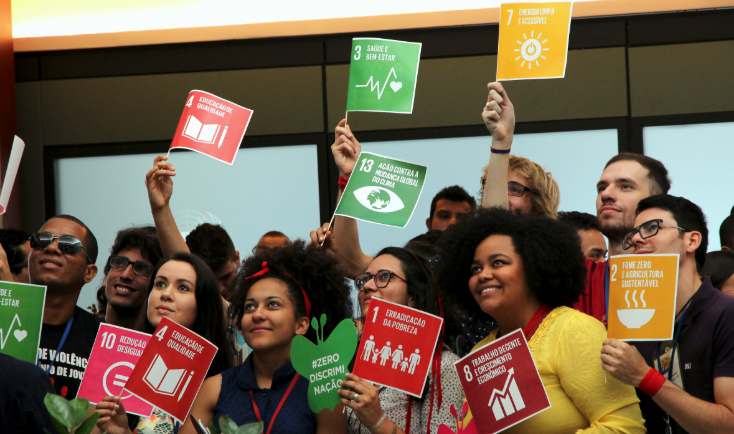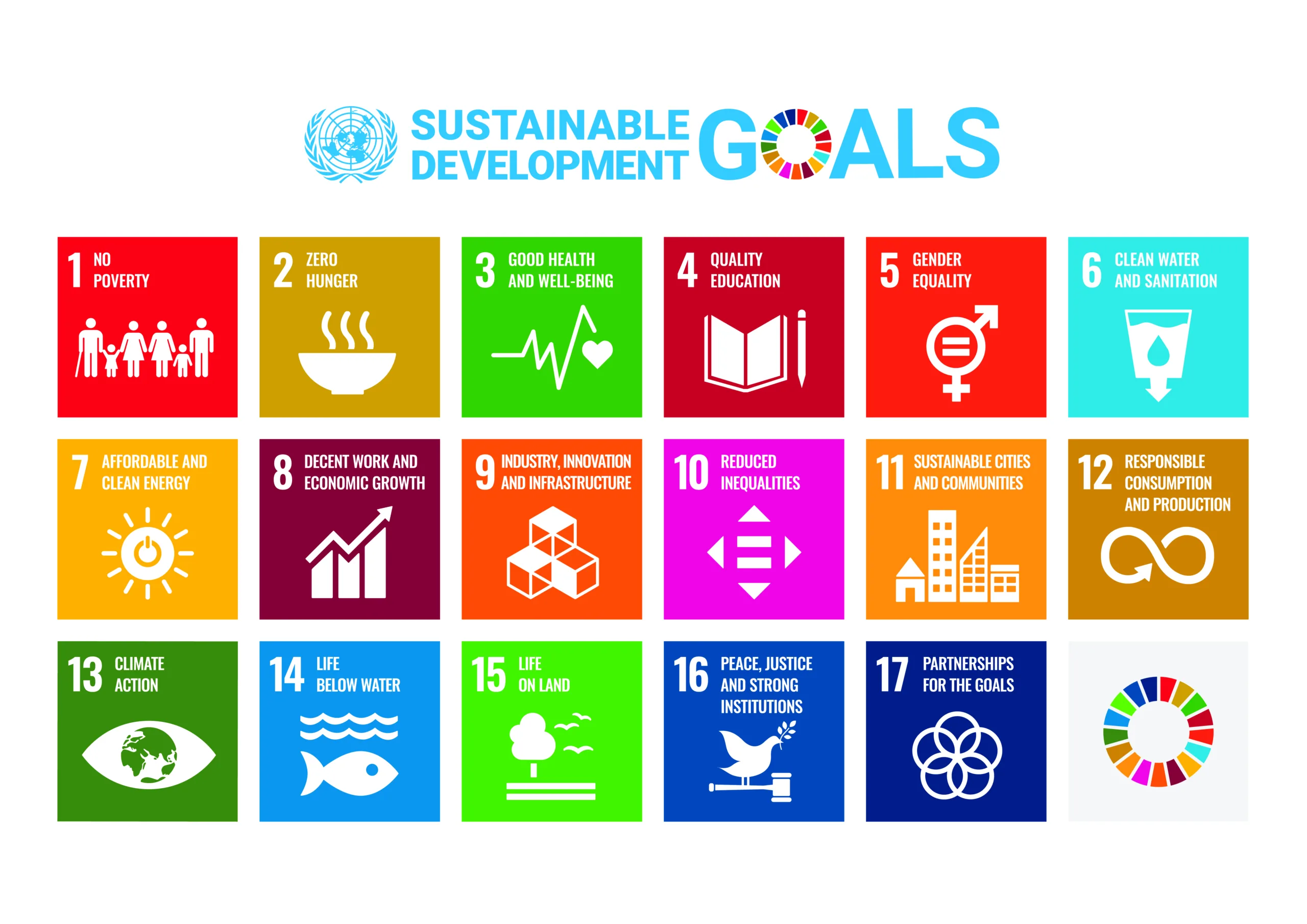Travel insights from Latin America
What are the Sustainable Development Goals?

The Sustainable Development Goals provide a roadmap to how we can create a better, more sustainable, world for all. Here we delve into the world of the SDGs, explaining what they are and look at how we can achieve them.
The three musketeers once declared: “All for one and one for all!” This iconic saying is very much akin to the message the United Nations would like to give when setting out a roadmap to a better future for all. I present to you: The UN’s 17 Sustainable Development Goals or, as the cool kids call them, the SDGs.
These 17 goals are not just the responsibility of governments, but also businesses, civil society organisations and individuals – you and me! Everyone has a role to play in achieving the SDGs by waiting for it…2030. But if these goals are key to creating a better world we need to know exactly what they are.
What are the Sustainable Development Goals?
Michael Green gives an outstanding outline of the SDGs in his Ted Talk. Michael is a renowned global economist and pioneer in measuring social progress. Through experience in quantifying and implementing socially responsible business practices and investments, he explains how we can reach the goals, step by step, and with a collective effort.
For now, we should note there are 17 goals for 169 targets and hundreds of indicators. Data relating to these goals needs to be evidence-based and the progress is tracked and reported on regularly. You can check by clicking here how each country in the world is doing in their efforts to achieve the goals.
The objectives contribute to a comprehensive and ambitious agenda aiming to solve three main global issues: Ending poverty, protecting the planet, and ensuring that all people enjoy peace and prosperity. If you are still somewhere confused, let Emma Watson explain.
An overview of each SDG:
1. No Poverty
2. Zero Hunger
3. Good Health and Well-being
4. Quality Education
5. Gender Equality
6. Clean Water and Sanitation
7. Affordable and Clean Energy
8. Decent Work and Economic Growth
9. Industry, Innovation and Infrastructure
10. Reduced Inequalities
11. Sustainable Cities and Communities
12. Responsible Consumption and Production
13. Climate Action
14. Life Below Water
15. Life On Land
16. Peace, Justice and Strong Institutions
17. Partnerships for the Goals

A look at the SDGs in depth
The SDGs are intended to be integrated and indivisible, meaning that progress on one goal can have a positive impact on another. This is because they cover a wide range of interrelated issues, including economic, social and environmental dimensions of sustainable development.
For example, investing in renewable energy can help to reduce poverty and create jobs, while also addressing climate change.
To society, the SDGs represent an opportunity to create a more equitable, prosperous, and sustainable world. They provide a framework for addressing the root causes of poverty, inequality, and environmental degradation, and for ensuring that all people have the opportunity to live a healthy, fulfilling life.
One of the most significant aspects of the SDGs is their emphasis on leaving no one behind. They recognise that sustainable development is not just about economic growth, but also about ensuring that all people have access to the resources and opportunities they need to thrive.
This includes marginalised and vulnerable groups such as women, children, and people with limited financial resources, as well as those affected by conflict, displacement, and environmental disasters. It also includes future generations.
Now, I feel is a good time to look at what is sustainable development:
Definition of sustainable development
One of the main questions we hear is, can we achieve the SDGs? This is highly debatable and as you have seen from the country index, most countries are still a way off their goals. There are major systemic changes needed to reach the score of 100 for each country and time is running out.
Leen Zevenbergen, a technology entrepreneur, sustainability leader and bestselling author, declared what he believes is key to solving the SDGs in his Ted Talk. He says we need to give easy-to-understand guidelines on the SDGs to general society and millions of small companies.
It’s an invitation to encourage companies and individuals to become aware of their impact on society and the environment, to rethink and create new alternatives for economic growth.
Educational institutes obviously have a huge role to play and need to include the SDGs (and the equivalent goals from 2030) in curriculums and in day-to-day life. To start with, universities can read how to get started with the SDGs here.
They can also join the Global University Coalition while schools can sign up for the Global Schools Program.
The SDGs are undeniably a powerful vision for a sustainable future. They represent an opportunity for society to come together and take action to create a better more prosperous world for all.
Our call is a transformative change in the way we live, work, and interact with the world around us, and for a restart to the principles of equity, sustainability, and collective action. It is our individual and mutual responsibility to continue to work on this.
“All for one and one for all.”
Keen for your students to learn more about the SDGs? Check out Kagumu’s SDG webinars by clicking here.
